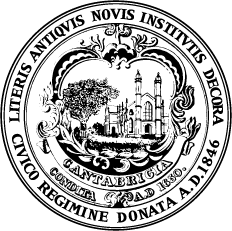Percentage of land area covered by non-building impervious surfaces
Description
An impervious surface is one that water can't pass through. Impervious surfaces create numerous environmental problems, including limiting natural filtration of stormwater into soil and absorption of heat from the sun, generating an “urban heat island.” Impervious surfaces can include buildings, streets, parking lots, and other paved areas.
Data Source
2018 planimetric data, with edits and corrections by Cambridge GIS Department.
Methodology
Impervious surfaces were identified and delineated in planimetric data layers. These were combined into a single layer of impervious surfaces. With buildings excluded, this layer was used to calculate the proportion of surface area covered by pavement and other impervious surfaces.
Indicator
Percentage of land area covered by non-building impervious surfaces
Baseline
38%
Target
38%


